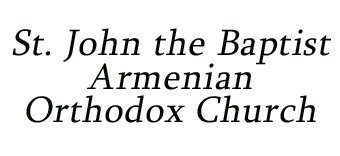DEATH OF AHARON DADOURIAN
Aharon Dadourian, who frequently signed with his first name, was a poet who started his career in the years before the genocide and continued writing for the next half a century in the Diaspora, but was little known outside of a narrow circle. He was born in Ovajik (province of Ismit, in Asia Minor) on September 19, 1887. He initially studied at the Mekhitarist School of Constantinople and then at the Moօrat-Raphaelian Lyceum of Venice (1907-1909), where he met the great poet, Taniel Varoujan.
